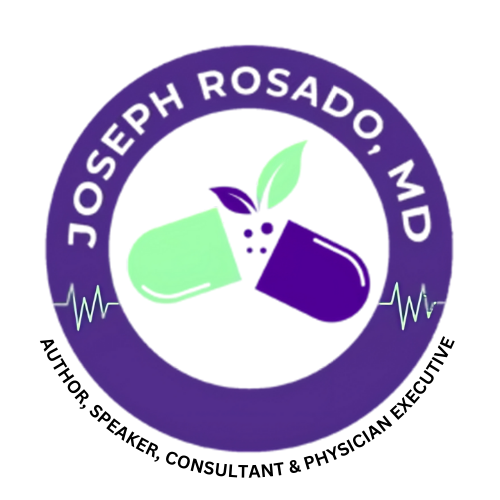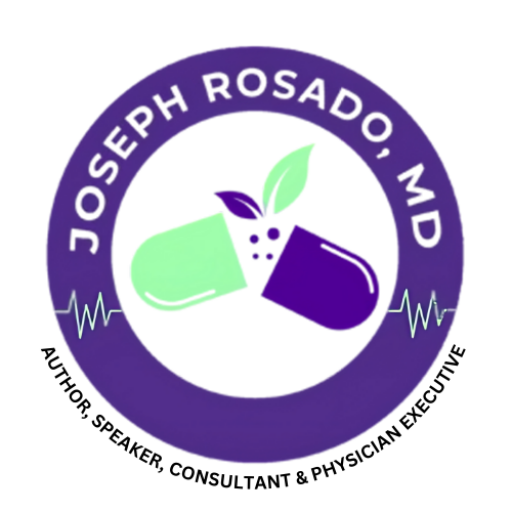“Doctor, which ketamine treatment is best for me?”
This is a question I hear all the time from my patients. Ketamine has transformed how we treat depression, chronic pain, and other conditions, but many people don’t realize that it can be delivered in different ways. Each method has its own benefits, timing, and effectiveness, making it important to find the right approach for each person.
Some patients need fast relief in a controlled setting, while others prefer a more convenient option they can use at home. The way ketamine is administered affects how quickly it works, how long the effects last, and how the treatment experience feels.
In this guide, I’ll walk you through the most common ways ketamine is administered—IV infusions, IM injections, and nasal sprays—so you can understand the differences and make an informed decision.

Intravenous (IV) Infusions
How IV Ketamine Works
IV infusion is one of the most well-researched and widely used methods for administering ketamine, especially in medical settings. The medication is delivered directly into the bloodstream through an intravenous (IV) drip, ensuring rapid absorption and precise dosing control.
These functions keep every part of your body running smoothly—from your heart and brain to your muscles and digestive system.
Benefits of IV Infusion
- Fast Onset: Patients typically feel the effects within minutes of starting the infusion.
- Precise Dosing: The amount of ketamine can be carefully adjusted to suit each patient’s needs.
- High Effectiveness: IV ketamine is considered the gold standard for treating conditions like severe depression and chronic pain.
- Controlled Environment: Infusions are administered in a medical setting, ensuring safety and monitoring.
Considerations and Challenges
- Requires Medical Supervision: IV infusions must be performed in a clinic or hospital, limiting accessibility for some patients.
- Time Commitment: Each session typically lasts 40-60 minutes, followed by a recovery period.
- Higher Cost: Compared to other methods, IV ketamine is often more expensive due to the need for medical staff and equipment.
For patients in crisis or those needing rapid relief, IV ketamine is often the best choice. However, for individuals looking for a more convenient option, other methods may be a better fit.


Intramuscular (IM) Injections
How IM Ketamine Works
Intramuscular (IM) ketamine is delivered via a single injection into a muscle, usually the shoulder or thigh. Unlike IV infusions, which require a slow, continuous drip, IM injections release ketamine all at once, allowing the body to absorb it gradually.
Advantages of IM Administration
- Rapid Onset: Effects begin within 2-4 minutes, slightly slower than IV but still fast.
- Longer Duration: The effects last 1-3 hours, longer than an IV infusion.
- No IV Line Required: Easier to administer, making it a more accessible option.
- More Affordable: Generally less expensive than IV treatments because it doesn’t require continuous monitoring.
Potential Limitations
- Less Precise Dosing: Unlike IV infusions, the dose can’t be adjusted once injected.
- Varied Absorption Rates: Different patients metabolize IM ketamine at different speeds, leading to variations in effectiveness.
- Requires a Trained Provider: While more convenient than IV, it still requires administration by a healthcare professional.
IM injections strike a balance between convenience and effectiveness, making them a great option for patients who want a strong, fast-acting treatment but don’t have access to IV infusions.
Nasal Spray (Intranasal Ketamine)
How Nasal Ketamine Works
Nasal ketamine is administered through a spray mist into the nostrils, where it is absorbed through the mucous membranes and enters the bloodstream. This method has gained popularity, especially with esketamine (Spravato®), a nasal spray approved for treatment-resistant depression.
Benefits of Intranasal Administration
- Non-Invasive: No needles or IVs, making it a more comfortable option for many patients.
- Convenient: Some formulations allow for at-home use under medical supervision.
- Moderate Onset Time: Effects begin within 5-10 minutes, faster than oral ketamine but slower than IV or IM.
- Less Clinical Oversight Needed: While still prescribed and monitored, nasal ketamine may require fewer in-office visits.
Considerations for Use
- Variable Absorption: Some medication may not be fully absorbed due to nasal congestion or individual differences in nasal anatomy.
- Potential Irritation: Some users report mild nasal discomfort or irritation.
- Less Precision in Dosing: Unlike IV or IM, absorption rates can vary, leading to slightly less predictable effects.
Nasal ketamine is an appealing choice for patients seeking a less invasive, more flexible treatment option. However, for those needing precise dosing and rapid relief, IV or IM may still be preferable.
Comparing Ketamine Administration Methods
With multiple ways to receive ketamine treatment, choosing the right method depends on several factors, including speed of onset, duration of effects, effectiveness, and convenience. Here’s how the three main methods compare:
Factor | IV Infusion | IM Injection | Nasal Spray |
|---|---|---|---|
Onset Time | Within minutes | 2-4 minutes | 5-10 minutes |
Duration of Effects | 30-60 minutes | 1-3 hours | 1-3 hours |
Dosing Precision | Highly precise, can be adjusted during treatment | Fixed dose, no adjustment after injection | Less precise, varies by absorption |
Effectiveness | Strong, often considered the gold standard | Effective, especially for chronic pain | Effective, FDA-approved for treatment-resistant depression |
Convenience | Requires clinical setting and monitoring | Requires trained provider, but no IV needed | Most convenient, some formulations allow at-home use |
Best For | Severe depression, suicidal thoughts, acute pain | Chronic pain, depression, outpatient settings | Ongoing depression management, non-invasive option |
Limitations | Expensive, time-consuming, requires monitoring | Fixed dosing, variable absorption rates | May cause nasal irritation, absorption varies |
Choosing the Right Method for Treatment
With multiple ways to receive ketamine treatment, selecting the best method depends on your medical condition, lifestyle, and treatment goals. Here are some key factors to consider:
Factors to Consider
Condition Being Treated:
- For severe depression or suicidal thoughts, IV or IM may be the best choice due to their rapid effects.
- For chronic pain, IM injections often provide longer-lasting relief.
- For ongoing depression management, nasal spray can be a convenient option.
Lifestyle and Convenience:
- IV infusions require a clinical setting and may not fit into a busy schedule.
- IM injections are quicker and don’t require an IV line but still need to be administered by a provider.
- Nasal spray allows for some at-home use, making it the most flexible option.
Medical Supervision Needs:
- IV requires continuous monitoring, which is ideal for high-risk patients.
- IM requires some supervision but is simpler to administer.
- Nasal spray is the least invasive and may require only occasional check-ins.
Patient Preferences and Safety Considerations
Every patient responds differently to ketamine, so it’s important to work with a qualified provider to determine the safest and most effective option. Some people prefer structured, closely monitored treatments like IV or IM, while others prioritize flexibility and ease of use, making nasal spray a better fit.
Finding the Best Ketamine Treatment for Your Needs
Ketamine therapy is not a one-size-fits-all treatment. The method of administration plays a major role in how quickly the effects set in, how long they last, and how accessible the treatment is for each patient.
For those in need of immediate, controlled relief, IV and IM ketamine offer fast-acting results under medical supervision. For individuals seeking a more convenient and flexible option, nasal ketamine provides a non-invasive alternative that can be used in a clinical setting or at home.
The key to success is finding the right method that fits your condition, lifestyle, and comfort level. As a physician, my goal is to help patients navigate these options and develop a treatment plan that maximizes their results while ensuring safety and long-term success.
Frequently Asked Questions (FAQs)
1. What is the most effective way to take ketamine?
2. How does IV ketamine compare to intramuscular (IM) injections?
3. How quickly do ketamine treatments start working?
IM injection: Effects begin in 2-4 minutes.
Nasal spray: Takes 5-10 minutes to absorb.
4. How long do the effects of ketamine last?
IM injection: Lasts 1-3 hours.
Nasal spray: Lasts 1-3 hours, but effects vary.





